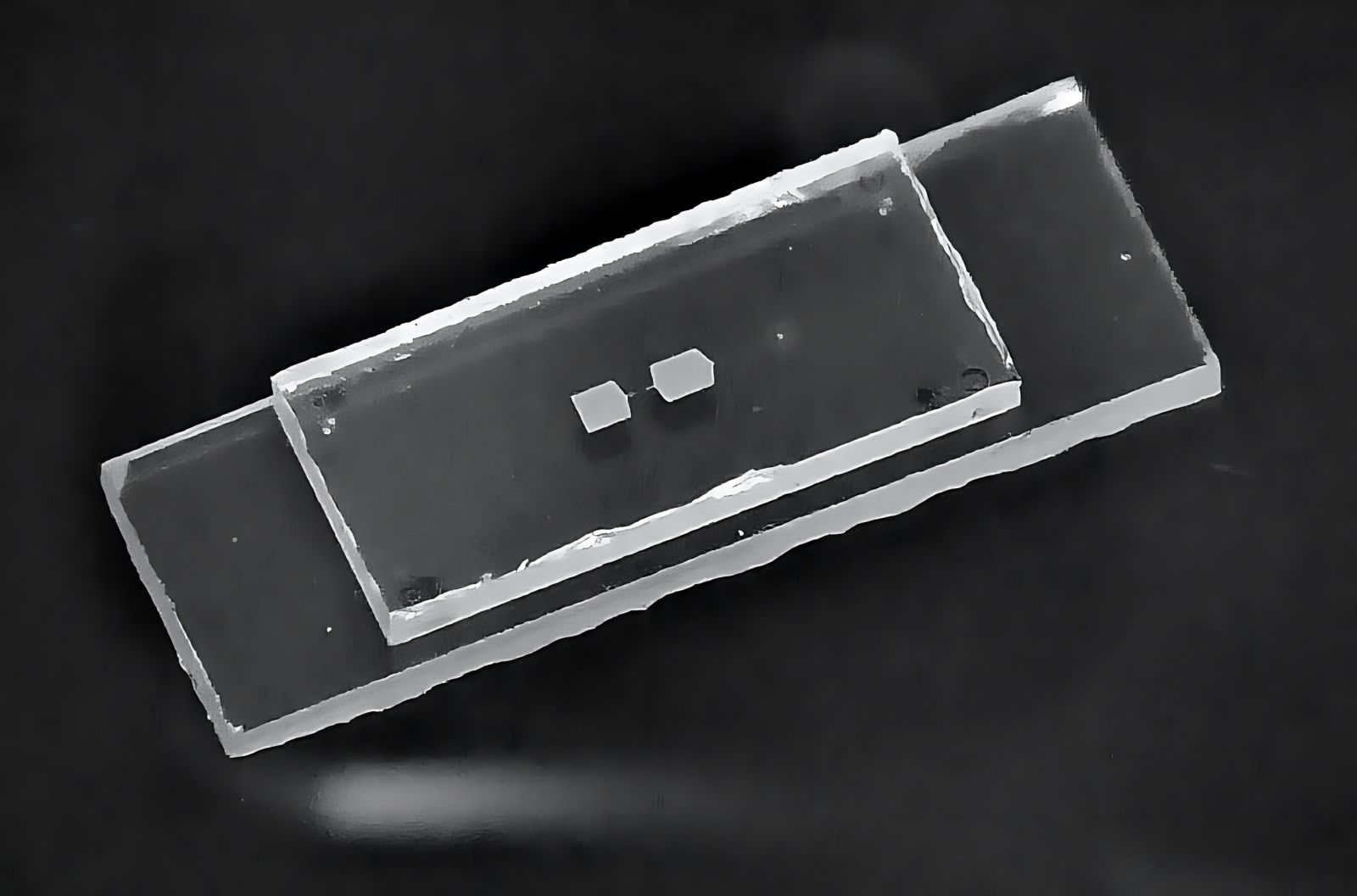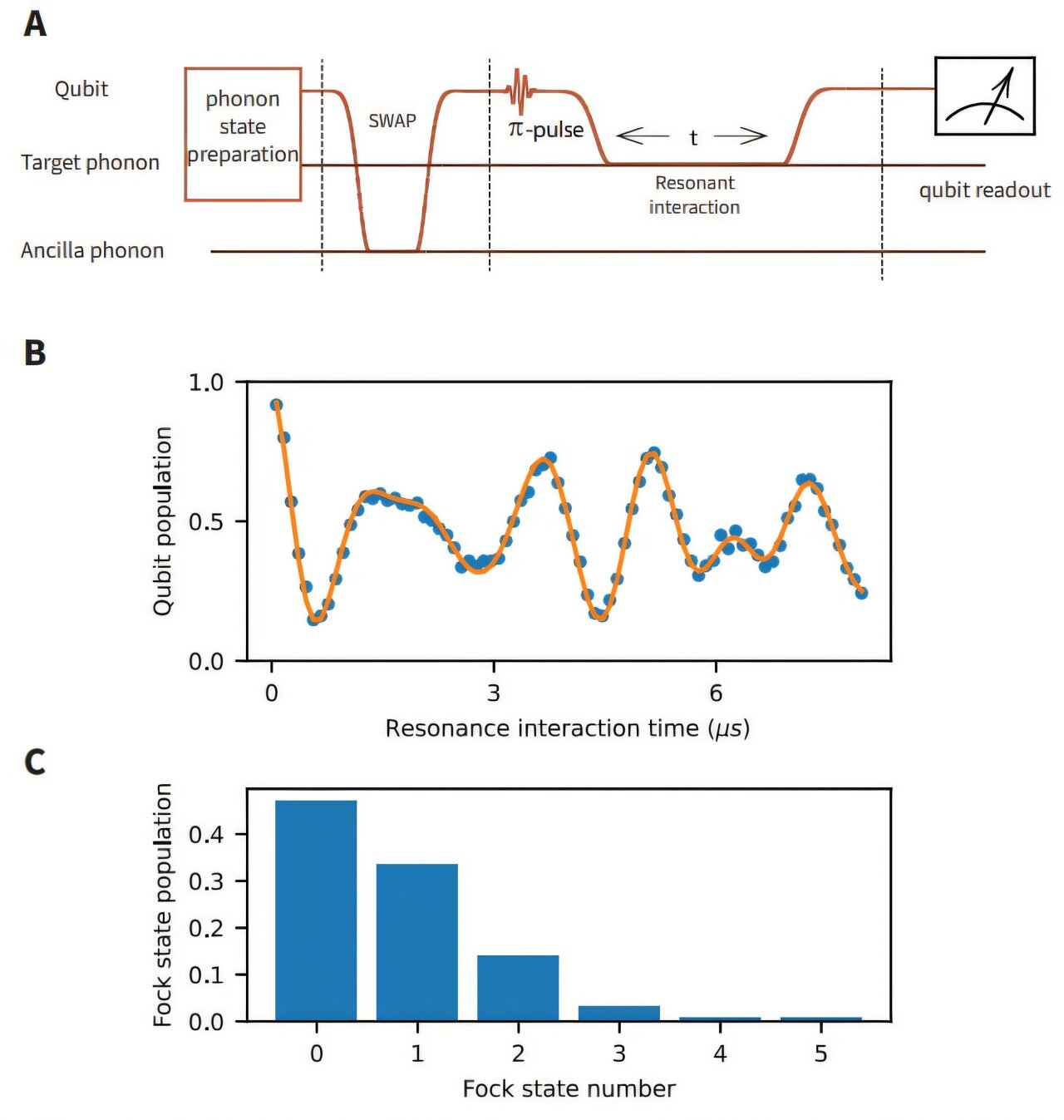Follow us on Google News (click on ☆)

The device consists of a sapphire chip with a superconducting qubit placed above another qubit that serves as a mechanical oscillator.
Credit: Uwe Von Luepke/ETH Zürich
The breakthrough relies on a well-thought-out structure. The device combines two distinct elements: a superconducting qubit and a mechanical resonator, both mounted on sapphire chips. The mechanical resonator acts as a piezoelectric disk, stabilizing oscillations through its physical robustness—an essential factor in addressing the instability of classical qubits.
A qubit is unique for its ability to exist in multiple states simultaneously. Here, researchers developed a membrane similar to a drumhead. This membrane can maintain information in three states: a stationary state, a vibrating state, or a superposition of both. This setup enables more durable information retention.
Traditional qubits, often based on electromagnetic fields, are ephemeral, disappearing within a fraction of a second. This new mechanical qubit overcomes this limitation by offering significantly longer coherence times. This was made possible thanks to a carefully selected superconducting material, coupled with an innovative manufacturing technique.
In testing, the performance of this mechanical qubit proved superior to that of hybrid or virtual qubits. Researchers note that coherence times strongly depend on the materials employed, a parameter they hope to improve upon in future studies.

Illustration of resonant interaction measurements and associated vibrational states.
Credit: Science (2024). DOI: 10.1126/science.adr2464
This research also opens up possibilities for functional quantum computing. The team plans to test their qubits with quantum gates to evaluate their efficiency in complex architectures. A better understanding of the interactions between these components could accelerate the development of truly operational quantum computers.
This approach represents an important advance, both theoretically and technologically. Devices employing mechanical properties could soon surpass their virtual counterparts, paving the way for more reliable and powerful quantum computers.
What is a qubit?
A qubit, or quantum bit, is the basic unit of information in a quantum computer. Unlike a classical bit, which can be either 0 or 1, a qubit can exist in a superposition of both states simultaneously.
This superposition is made possible by principles of quantum mechanics, particularly the principle of superposition. It enables qubits to process and store much more information than a classical bit.
Qubits are typically created from subatomic particles, such as electrons or photons, or through artificial systems like superconducting circuits.
By combining multiple qubits, quantum computers can solve complex problems far more quickly than traditional computers, opening new frontiers in cryptography, chemistry, and artificial intelligence.